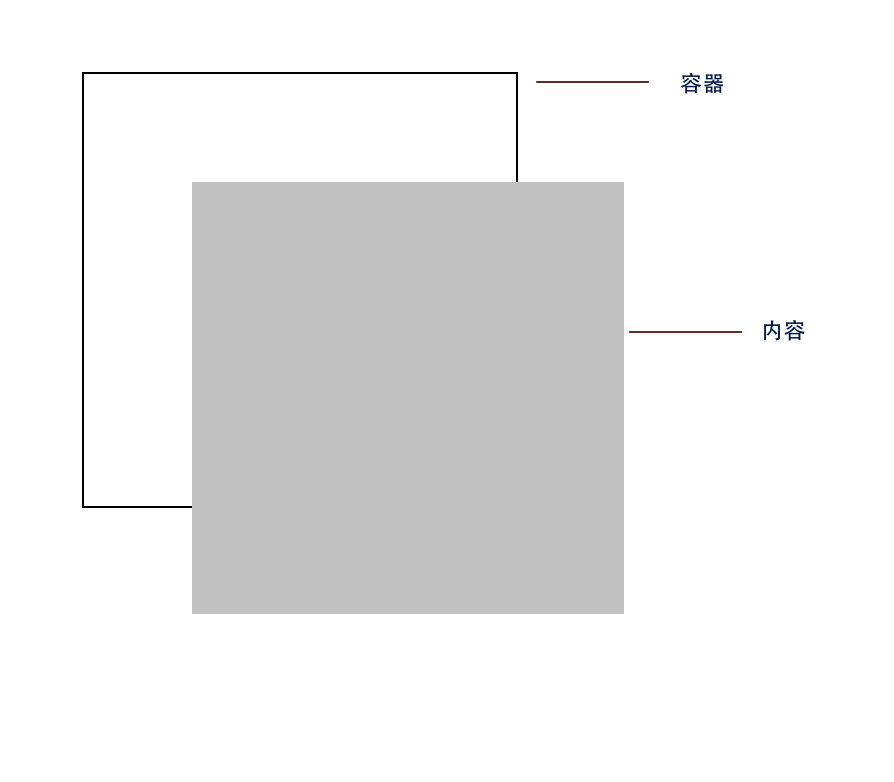

But if there’s one thing I like, it’s a challenge. This means we always have a struggle between the horizontality of presentations and the verticality of web technologies. Presentations are a very horizontal thing – usually slides have a 4:3 or 16:9 radius. That’s too bad, as at the company I work for this would be quite useful. Unfortunately, that’s not going to happen. I’d be nice if we could do something like this: /* This isn't real */ But sometimes, you want to step away from the verticality of it all and do something crazy: make a horizontal list. You read a web site like you read a physical page: left to right, top to bottom. Please show your love and support by sharing this post.The web is a rather vertical place. It was published 26 Apr, 2020 (and was last revised 14 Jun, 2023). To fix this, you can either remove the more specific selector, or make your selector more specific than the other one. It could be the case, for example, that another CSS selector with higher specificity is overriding your selector and the CSS style rules on the element, such as the following: You can make sure that the element you are applying the position: sticky property to is not being overridden by a more specific selector.įor example, consider the following HTML/CSS:

This would put the sticky element at the start and won't stretch it.

You could simply set the value of the align-self property to align-self: flex-start.
REACT.JS OVERFLOW X SCROLLL HOW TO
How to Make Sticky Element Scrollable Within a Flexbox: In this case, the sticky element would stretch to the height of the parent, and would not have any area to scroll within. If the Sticky Element Has align-self: stretch Set: This would leave no room for the sticky element to scroll within the parent. So, if the parent has align-items: normal (which is the default) or align-items: stretch set, then it means the height of the sticky element would stretch to fill the entire available space. In this case the value of align-self would compute to the parent's align-items value. If the Sticky Element Has align-self: auto Set: The sticky element has align-self: stretch set.The sticky element has align-self: auto set (which is the default).If sticky element's parent is a flexbox, there are two scenarios to check for: This happens because the sticky element is meant to stick/scroll within the height of a containing element.Ĭhecking if a Parent Element Is a Flexbox If the parent element has no height set then the sticky element won't have any area to stick to when scrolling. How to Make position: sticky Work With the overflow Property?īy specifying a height on the overflowing container, you should be able to make position: sticky work whilst having the container element have the overflow property set.Ĭhecking if height Property Is Not Set on Parent Let parent = document.querySelector('.sticky').parentElement Ĭonst hasOverflow = getComputedStyle(parent).overflow Simply copy/paste the following snippet in your browser's web developer console to identify all parent/ancestor elements with overflow property set to something other than visible: Snippet to Check for Parents With overflow Property Set: If any parent/ancestor of the sticky element has any of the following overflow properties set, position: sticky won't work ( unless you specify a height on the overflowing container): Make sure you add a vendor prefix for the property value to support versions of Safari below 13, for example, like so:Ĭhecking if an Ancestor Element Has overflow Property Set

The threshold value that you set, will make the sticky element act as fixed positioned when it crosses the specified threshold, and a relatively positioned element otherwise. Prior to investigating other potential problems, ensure that you are using a browser that supports the position: sticky property.Ĭhecking if a Threshold Has Been SpecifiedĪ sticky element requires a threshold to be specified, which means that you must set a value other than " auto" for at least one of the following properties:


 0 kommentar(er)
0 kommentar(er)
